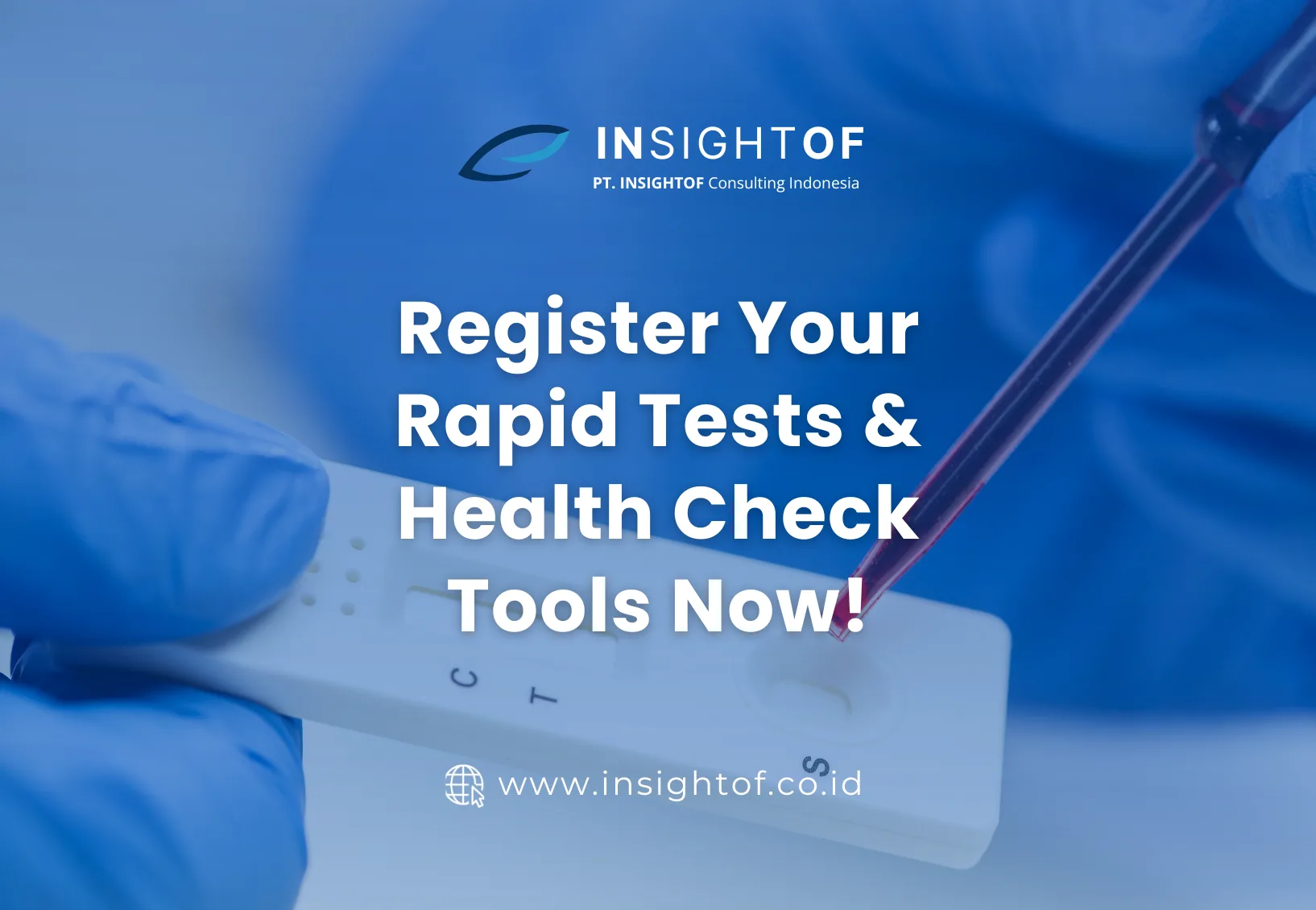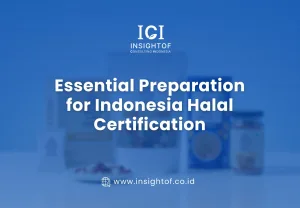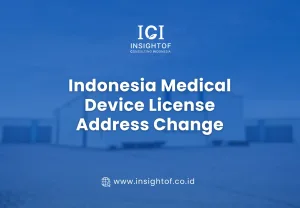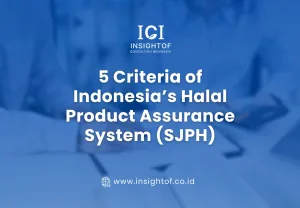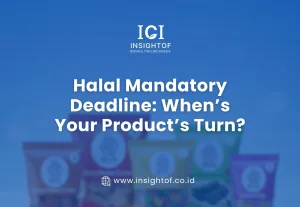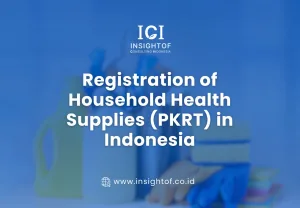The COVID-19 pandemic has made individuals more proactive about personal health. Home testing and monitoring devices (antigen/antibody self-test kits, digital thermometers, glucometers, pulse oximeters, etc.) are in growing demand, reflecting a post-pandemic trend toward self-care. For example, in April 2023 the Indonesian Health Ministry announced that two self-test COVID-19 antigen kits have been approved for consumer use.
If you’re a foreign exporter marketing these tools in Indonesia, it’s important to know the local rules. All medical and diagnostic devices (including home-use tools) must be registered with Indonesia’s Ministry of Health (Kemenkes). Kemenkes’ 2017 Regulation (Permenkes No. 62/2017) covers distribution permits for Alat Kesehatan (medical devices), Alat Kesehatan Diagnostik In Vitro (IVD) and Perbekalan Kesehatan Rumah Tangga (PKRT – household health supplies).
In other words, devices are reviewed by Kemenkes’ Directorate General of Pharmaceuticals and Medical Devices. (BPOM instead handles drugs, foods, cosmetics, etc.) As one Indonesian source notes: “Izin edar alat kesehatan…diberikan oleh Menteri Kesehatan”.

Device Classification (Risk Classes)
Indonesia uses a risk-based classification system aligned with ASEAN standards. Under Permenkes 62/2017, Class A–D rules apply to both general medical devices and IVDs. Class A devices pose the lowest risk, while Class D are highest-risk. For example, simple bandages or basic thermometers are Class A, whereas advanced equipment or high-impact tests are Class C–D. Specifically for IVDs, Class D includes tests that pose high risk to users (e.g. HIV or serious-disease kits). By contrast, low-risk self-tests (like some home pregnancy or glucose tests) might fall into Class A or B. Household health supplies (PKRT) – items intended for routine home care – are classed 1 (low), 2 (medium), or 3 (high) risk. (Permenkes 62/2017 and its implementing guidelines detail which products go in each class.)
Why it matters:
The risk class determines the registration pathway. Low-risk (Class A or PKRT 1) devices can often use a simpler “notification” process, whereas higher classes require full technical review. Higher classes usually need more documentation (lab tests, clinical data, etc.) before a Nomor Izin Edar (NIE) – a marketing permit – is granted.
Registration Requirements: Key Documents
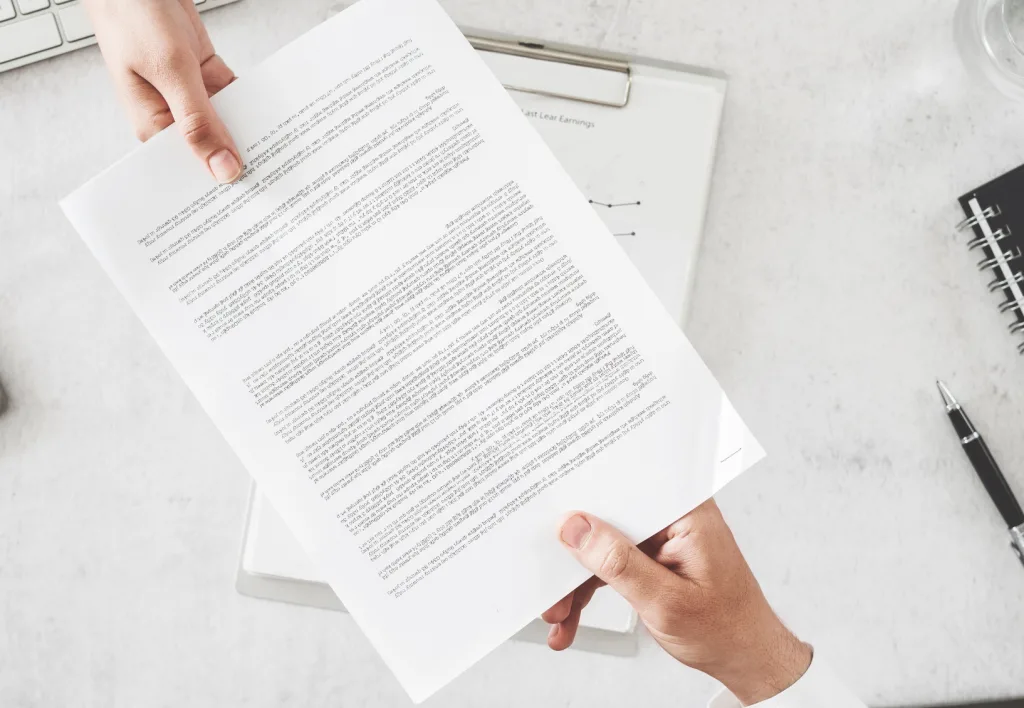
To obtain a distribution permit (NIE) from Kemenkes, an authorized Indonesian company (with a valid Izin Penyalur Alat Kesehatan or IPAK) must submit a dossier. The core requirements include:
- Local agent/licence: An Indonesian importer or distributor holding an IPAK license must sponsor the application. (A foreign manufacturer cannot apply directly.) A signed Letter of Authorization (LOA) or power-of-attorney from the foreign manufacturer appointing the local representative is required.
- Certificate of Production/IPAK: Evidence that the manufacturer and importer are properly licensed. This means a Production Certificate (for the foreign maker) and/or a valid Distributor License (IPAK) for the local company.
- Certificate of Free Sale (CFS): For imported products, submit a CFS from the health authority in the product’s country of origin. This official letter confirms the product is legally sold or registered abroad. (If the origin country’s authority does not issue CFS, an equivalent endorsement may be needed.) Kemenkes permits submission of a foreign CFS with the registration application.
- Quality certificates: A copy of the manufacturer’s ISO 13485 certificate (or ISO 9001/GMP for PKRT products) should be included. In practice, Indonesian regulators expect proof of a Quality Management System. If the product has a CE mark or FDA approval, those documents help but do not replace ISO 13485.
- Declaration of Conformity (DoC): A written statement by the manufacturer declaring that the device meets relevant safety and performance standards. Industry guides list the DoC as a standard part of the dossier.
- Product information and testing: Technical files with product descriptions, specifications, ingredients/materials (including safety data sheets), manufacturing processes, and performance standards. For higher-risk devices (Class C/D IVDs or implants), lab test reports, stability studies, and clinical evaluation reports must be submitted.
- Technical file: This includes instructions for use (IFU), risk analysis, labels, and details of all intended uses, warnings, contraindications, etc. Follow Kemenkes’ Pedoman Penilaian Alkes & PKRT for specifics.
Labeling and User Instructions
Kemenkes places strong emphasis on clear, local-language labeling. All product labels and IFU must include Bahasa Indonesia. Permenkes 62 explicitly allows other languages only if an Indonesian equivalent does not exist or only for export purposes. In practice, this means the primary label text and user guide should be in Indonesian. Labels must show the product name, manufacturer name and address, country of origin, batch/lot number, manufacturing and expiry dates, and an Indonesian-language usage guide or leaflet. They should also list indications, dosage (if applicable), storage conditions and safety warnings in simple terms. For example, regulatory guidance advises including at least “nama alat, nama produsen, negara asal, nomor batch, [dan] petunjuk penggunaan” on the label. Incomplete or untranslated labeling is a common reason for application delays.
Tip: Prepare a bilingual dossier (Indonesian + English) but ensure the Indonesian text is complete and correct. Even the registration application itself must be in Indonesian. (If you cannot find an exact Indonesian word, you may include other languages, but always prioritize Bahasa.)
Regulatory Guidance and References
Foreign exporters should consult the relevant Indonesian regulations and guidelines. Key references include Permenkes No.62/2017 (on marketing permits for Alkes, IVD, and PKRT) and the Ministry of Health’s “Pedoman Penilaian Alkes dan PKRT” (2018) which elaborates on documentation and evaluation procedures. The Permenkes text and its annexes spell out the risk classes and basic permit requirements. The Pedoman Penilaian provides practical checklists. In all cases, aim for clarity and completeness: use Bahasa Indonesia in labels/IFU, include all mandated documents (CFS, LOA, ISO 13485, etc.), and double-check product classification.
By following these official expectations – and working with a knowledgeable local partner – foreign manufacturers can successfully register their home-use diagnostic devices in Indonesia. This growing market rewards compliance and clear communication, ensuring your product can be sold confidently to Indonesian consumers.
Sources: Indonesian Ministry of Health Regulation No.62/2017 and related guidance; industry and regulatory resources.

